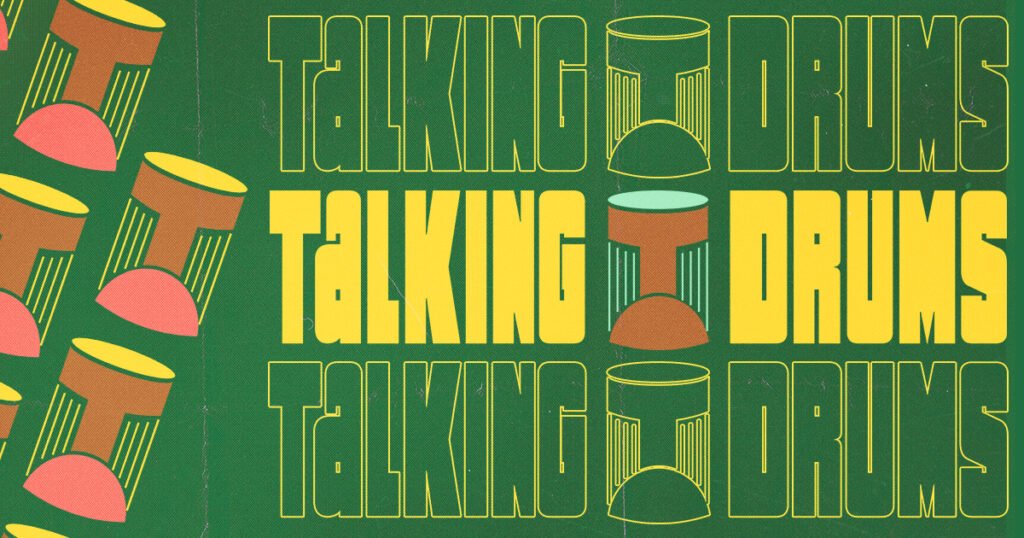Will Siri finally become useful? That’s the promise Apple laid out today at its “Glowtime” event, where the company introduced its iPhone 16 lineup — its first new iPhones to ship with AI-powered functionality, courtesy of Apple Intelligence and, later, a partnership with ChatGPT maker OpenAI.
While consumers won’t get the full impact of the Siri upgrade until Apple Intelligence launches, Apple promises it will upend the user experience by making the iPhone not just a small computer that fits in your pocket, but also a small personal assistant powered by AI.
In the near term, Siri will see more immediate improvements, including the ability to type questions to Siri instead of speaking and to engage in more natural conversations — including the occasional stumble — thanks to its richer language understanding. You’ll also be able to change the wake word for Siri through a new accessibility feature.
Developers are gaining access to SiriKit, which allows them to integrate Apple Intelligence-powered features into their own apps, the way that Apple has integrated Siri with first-party apps like Calendar, Mail, Notes, Safari, Files, Contacts, Voice Memos, Photos, Books, Freeform, Files and others.
Even Apple’s AirPods are getting an upgraded Siri experience, as users will be able to nod or shake their heads in response to Siri announcements.
To showcase its new AI functionality, Siri will receive a cosmetic makeover in iOS 18. Instead of a glowing orb at the bottom of the screen when activated, Siri will light up the edges of the iPhone in an eye-catching illumination. This will appear when Siri is active on the iPhone, iPad, or CarPlay.
Unlike new iPhones, Apple Intelligence — meaning the best of Siri’s upgrade — will be a slower rollout. Apple says the first set of features will be available in beta next month, with more features rolling out in the coming months. U.S. English will initially be supported, followed by localized English for Australia, Canada, New Zealand, South Africa and the U.K. Sometime next year, it will reach users who speak Chinese, French, Japanese and Spanish before expanding to others.














